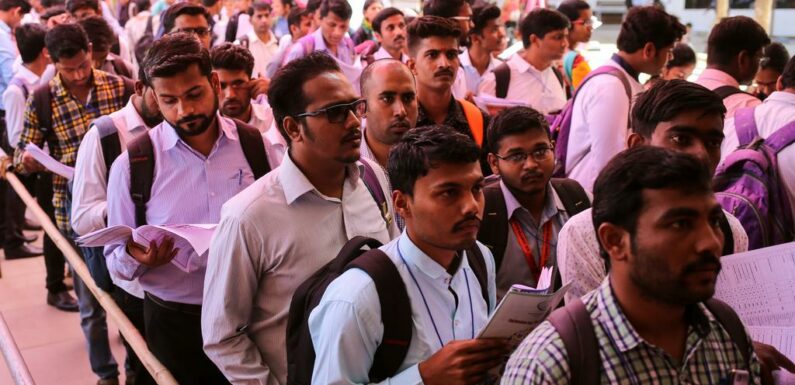
The media enthusiastically wrote about work deficiencies this late spring, producing support for joblessness advantage cuts. However, another investigation shows such cuts didn’t do a lot yet destroy needy individuals’ wages.
Six scholastics, including Arin Dube and Suresh Naidu, delivered a paper last week assessing the effect of the gigantic joblessness advantage cuts that happened in 22 states in June. The group had the option to utilize bank exchange information and correlations with joblessness advantage beneficiaries in states that didn’t slice advantages to get exact assessments of both the business and pay impacts of the arrangement change.
By and large, people subject to help cuts had just marginally higher business rates than people who were not liable to cuts yet had greatly lower wages.
The specialists zeroed in on a companion of UI beneficiaries who were getting benefits in April of this current year. They found that expresses that cut joblessness benefits (Withdrawal States) saw a 46 percent decrease in advantage recipiency among this gathering comparative with states that didn’t cut those advantages.
From that point, they hoped to perceive how business contrasted between the Withdrawal State associate and Retain State partner over this period. What they found is that, 21.5 percent of individuals in the Retain State partner got work over this period. In the Withdrawal State companion, it was just marginally higher at 24.9 percent.
Highlight here that these figures address business contrasts among the association of individuals who were jobless toward the finish of April. This is not the same as breaking down generally business contrasts among the workforce in each state. A few or the entirety of the 4.4 rate points of additional individuals who found a new line of work in the Withdrawal States might have done as such to the detriment of other occupation searchers, making the net impact on in general business even lower than this figure recommends.
Cutting joblessness benefits in this manner has two balancing pay impacts. It straightforwardly lessens pay from UI benefits while by implication expanding pay from the profit of the individuals who get work because of the cut. The analysts gauge that income rose among the Withdrawal companion by a normal of $14 each week while benefits declined by $278 each week. In this manner, the total compensation change was a decay of $264 each week, or $13,728 on an annualized premise.
Spending additionally diminished by $145 each week ($7,540 every year) in the Withdrawal partner comparative with the Retain associate. This decrease in customer spending will obviously make it harder for organizations to recruit individuals.
Up until now, just 26 states have executed these lofty advantage cuts and those states are by and large less crowded than the states that have not carried out the cuts. Be that as it may, the pandemic UI advantages will lapse in all states on September 6 except if Congress acts.
Recently, President Biden sent a letter to Congress saying that he trusts it is fitting to permit these advantages to lapse on September 6, yet this and other examination unmistakably shows that it isn’t proper, at any rate if you will likely stay away from unnecessary monetary pulverization that significantly cuts pay and buyer spending while at the same time no affecting business.
Toward the beginning of the pandemic, 152.5 million individuals were utilized. That number is at present 146.8 million individuals. On the off chance that business keeps on expanding at around 900,000 every month, the hole between current work and pre-pandemic work will be shut in a half year. Removing benefits presently is obviously untimely and in all likelihood counterproductive to the macroeconomic recuperation.

Lisa is a well known editor. Scott is an American writer and translator. She has translated over fifty books from French. She married an American Journalist. She writes his best stories. She went to Oxford University.
Disclaimer: The views, suggestions, and opinions expressed here are the sole responsibility of the experts. No Financial Reporting 24 journalist was involved in the writing and production of this article.

